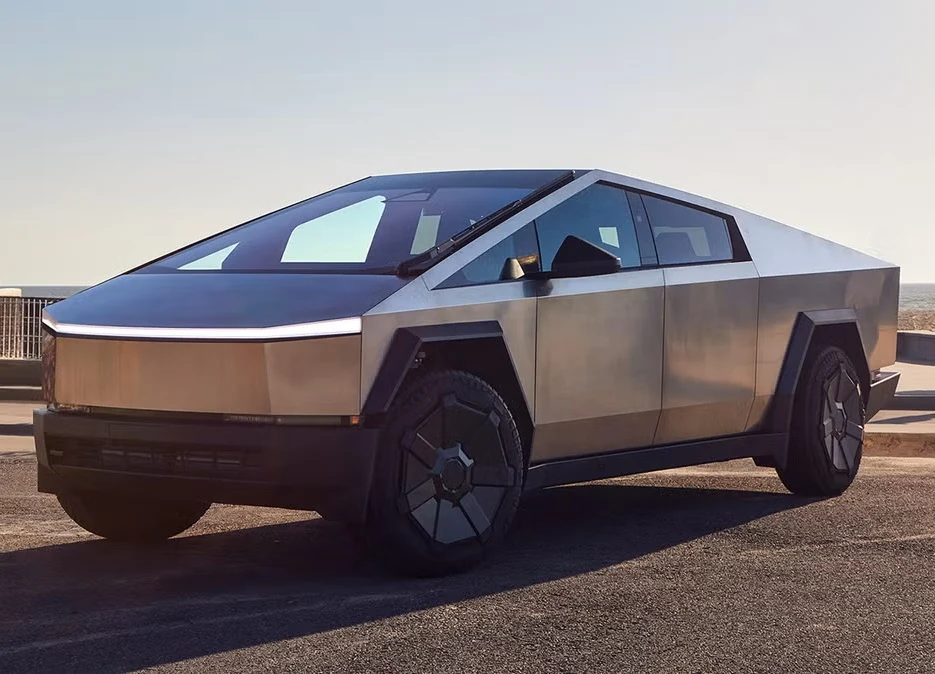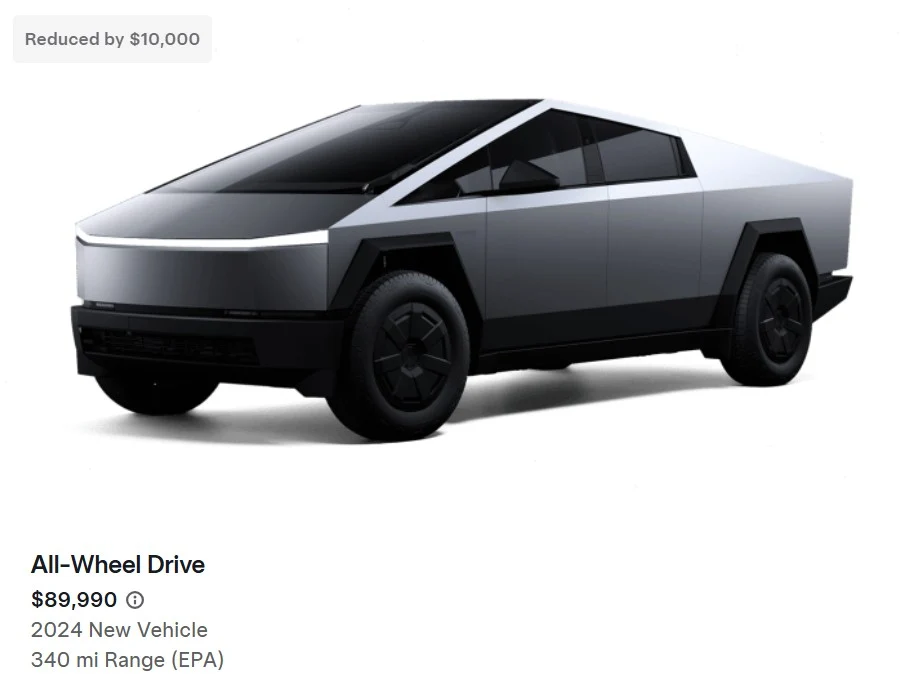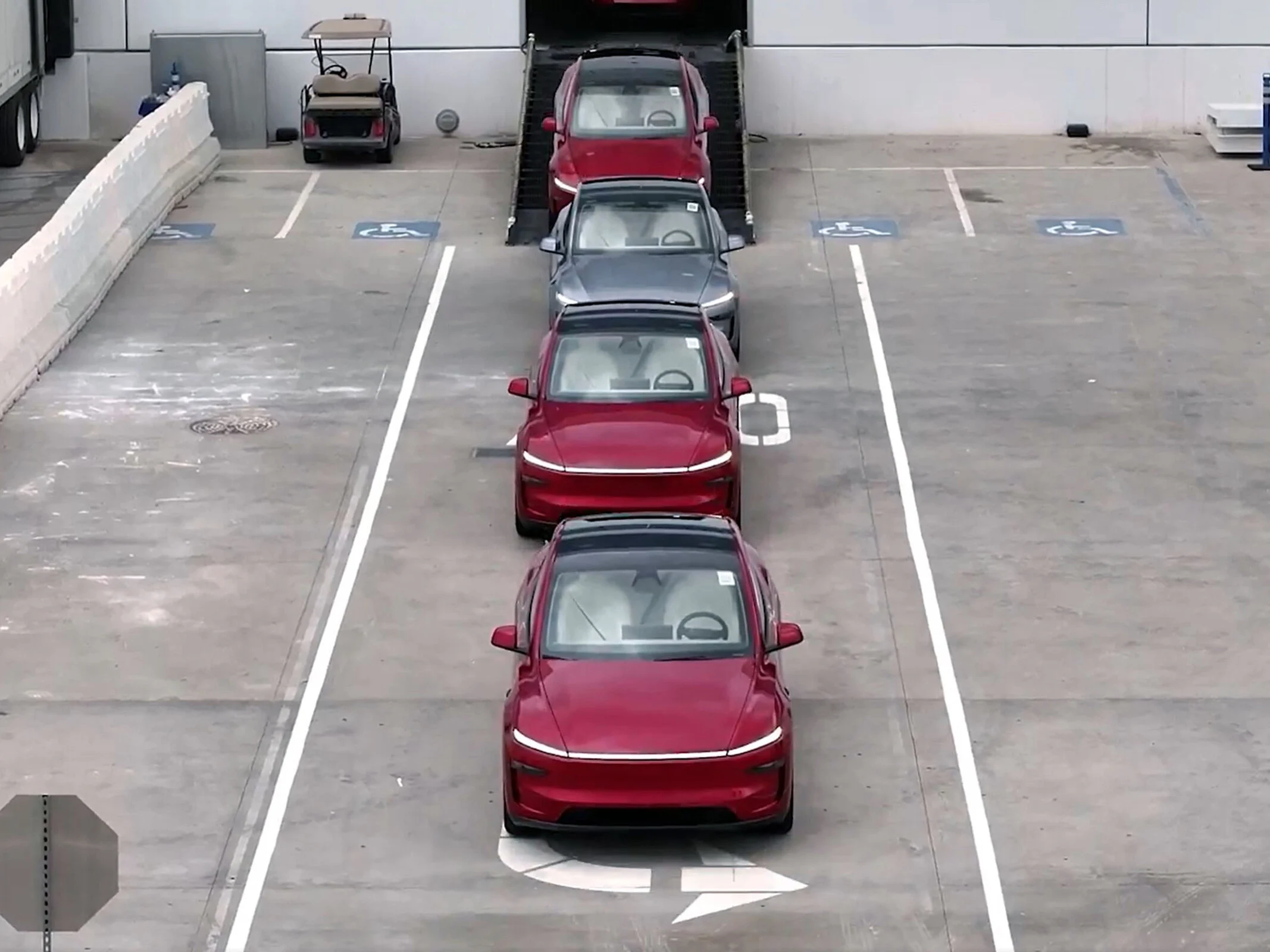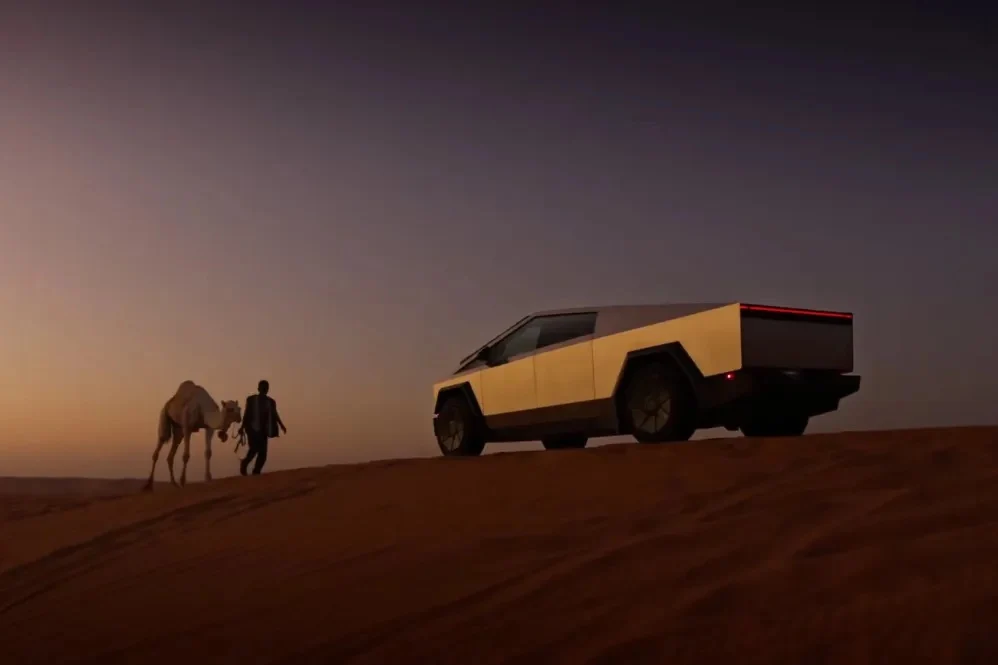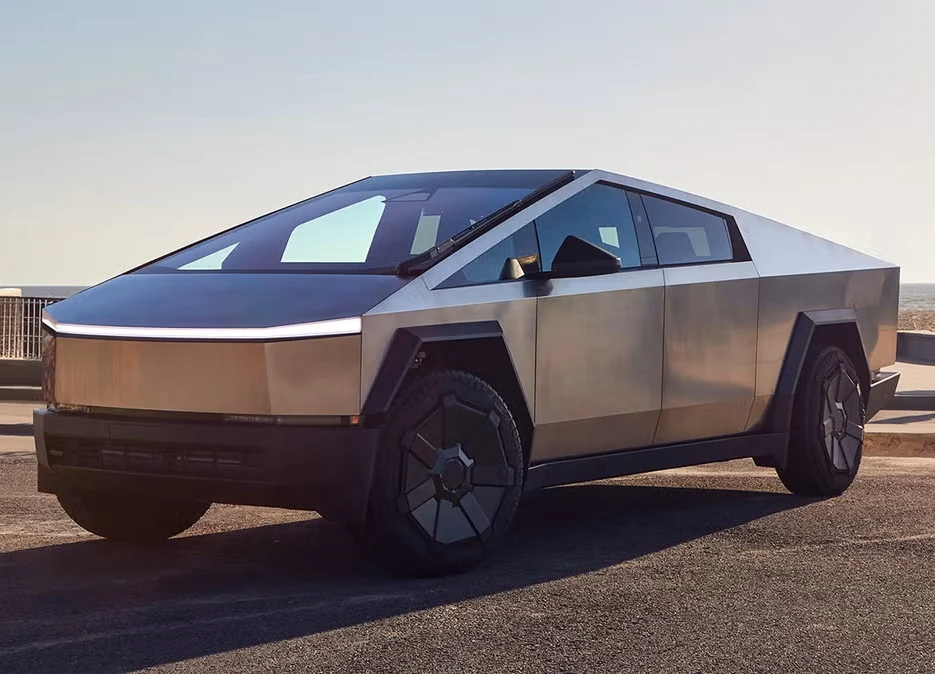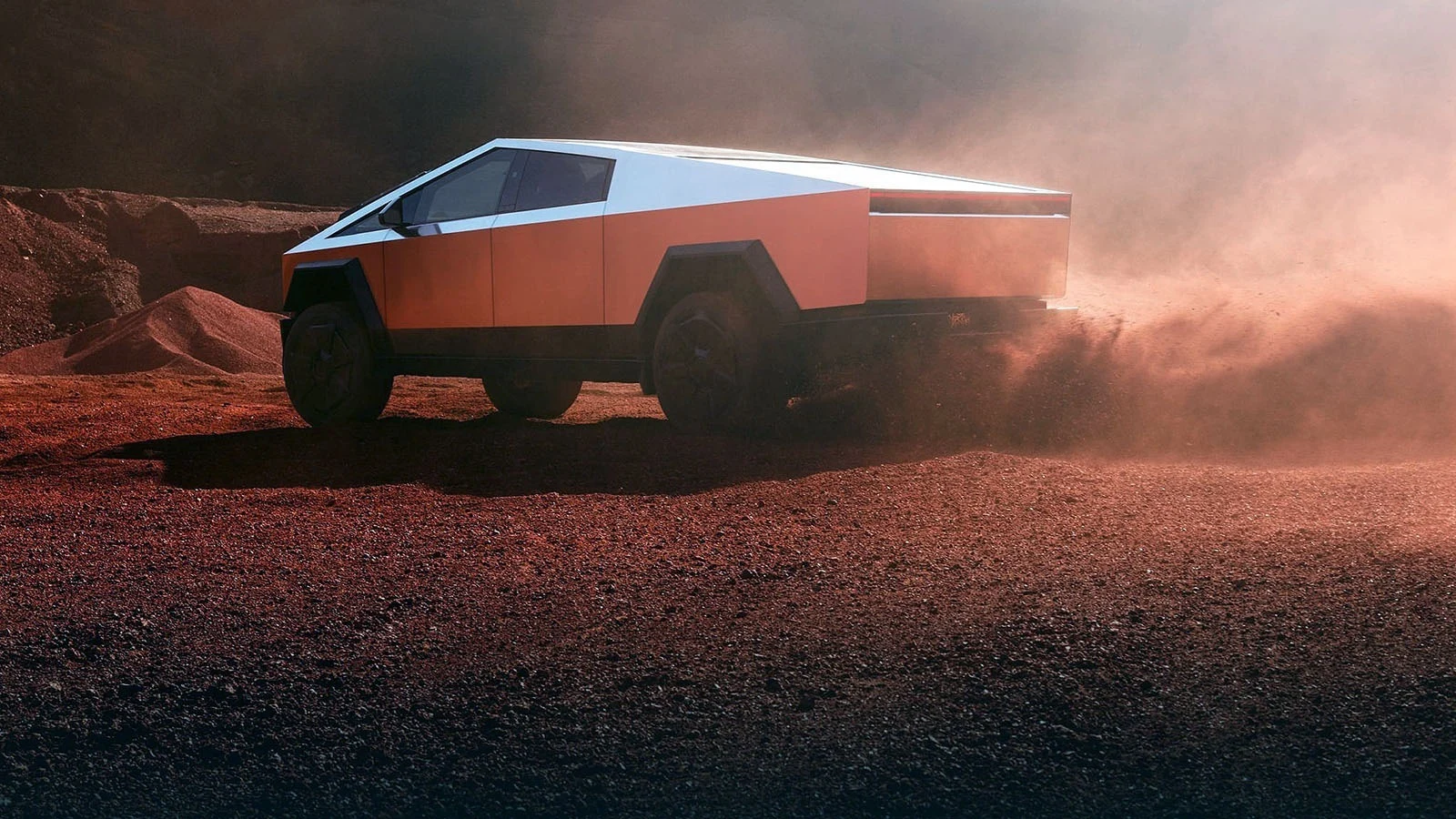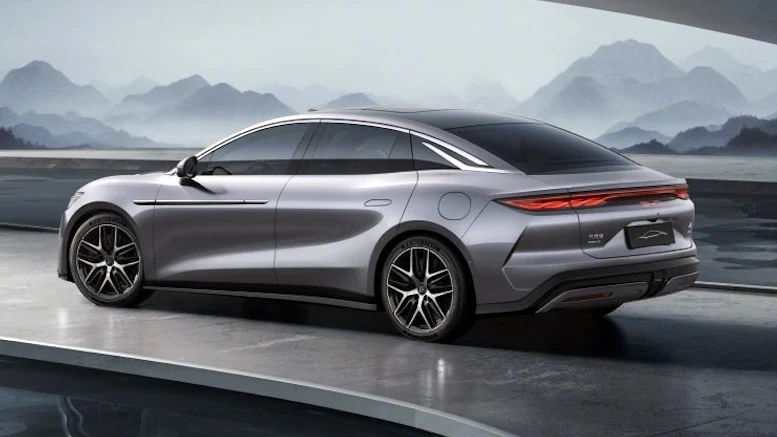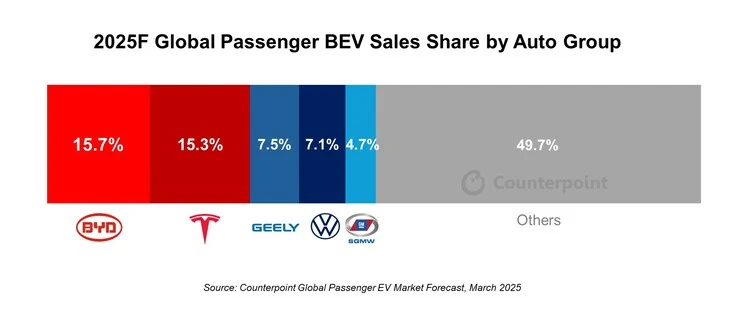Key Takeaways
1. Tesla is offering 0% APR financing for the Cybertruck when purchased with the Full Self-Driving package, making it a more attractive option compared to the standard 5.54% rate.
2. The free Full Self-Driving promotion is extended until June 30th to boost Cybertruck sales as the quarter ends, targeting well-qualified buyers.
3. Buyers must have good credit, make a minimum down payment of 4%, and can apply for a $7,500 federal tax credit towards the down payment.
4. Despite high preorders, Cybertruck sales have not met expectations, with significant depreciation in value and increasing inventory.
5. The 0% APR financing aims to stimulate demand for the Cybertruck and increase the number of vehicles equipped with Full Self-Driving features for Tesla’s self-driving technology development.
After introducing a 1.99% APR financing for the Model Y and a zero APR rate for the Model 3, Tesla is now offering a 0% APR deal for the Cybertruck, provided it’s bought with the Full Self-Driving package included.
Better Financing Options
Tesla’s fans of electric pickups can now finance the Cybertruck at a lower rate of 0% APR when they choose the Full Self-Driving option, compared to the standard interest rate of 5.54% for those who don’t. This makes the deal very appealing.
The deal is even more attractive with the free FSD transfer, which Tesla has shifted from a temporary promotion to a nearly fixed offer. This change makes the Cybertruck deal sound even better.
Sales Boost
The free FSD promotion is set to continue until June 30th, suggesting it aims to boost Cybertruck sales as the quarter wraps up. The promotional rates are available for well-qualified buyers who have good credit, ordering a new Cybertruck with the Full Self-Driving (supervised) option on or after June 5, 2025, and taking delivery by June 30, 2025. A minimum down payment of 4% plus any taxes and fees is required. If buyers qualify for the $7,500 federal tax credit, this can be applied to the down payment.
As is common, used Cybertrucks from Tesla’s inventory do not qualify for the free FSD promotion, and enterprise sales are excluded as well. The 0% APR financing is only applicable for the 36-month, 48-month, and 5-year payment plans, starting with the most affordable Cybertruck Long Range RWD version at $992 per month.
Market Challenges
Despite a strong start, the sales of Tesla’s Cybertruck have not met expectations. The first electric pickup had over two million preorders before Tesla revealed the launch price starting at $100,000 and above. This price was for the Foundation Series edition, which included free FSD among other features. However, even the most basic RWD Cybertruck is now significantly higher than the initial price Elon Musk hinted at when he first announced the electric pickup project.
It took just over a year for the uniquely designed Cybertruck to shift from a severe shortage, where it was resold for tens of thousands over its MSRP, to being one of the fastest depreciating vehicles on the market.
The Cybertruck has lost 37% of its value in the first complete year of ownership and is accumulating in factory parking lots, with its design being a taste that not everyone appreciates. Therefore, the 0% APR financing option is beneficial for Tesla as it could help boost Cybertruck demand and increase the number of vehicles with Full Self-Driving on the roads.
Tesla aims to have as many of these vehicles as possible to refine its self-driving algorithms, which will be prominently featured after the introduction of its robotaxi platform on June 12, launching with a pilot fleet of Model Y cars operating with unsupervised FSD.
Source:
Link




